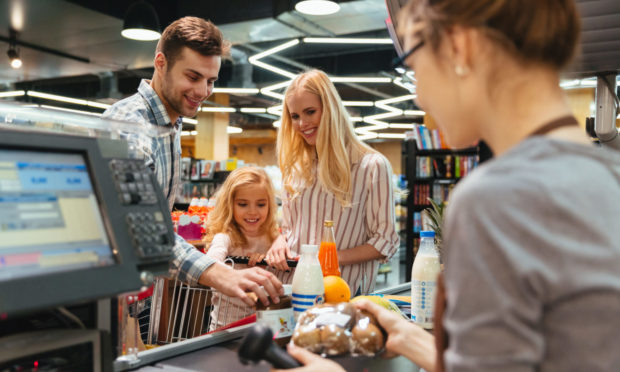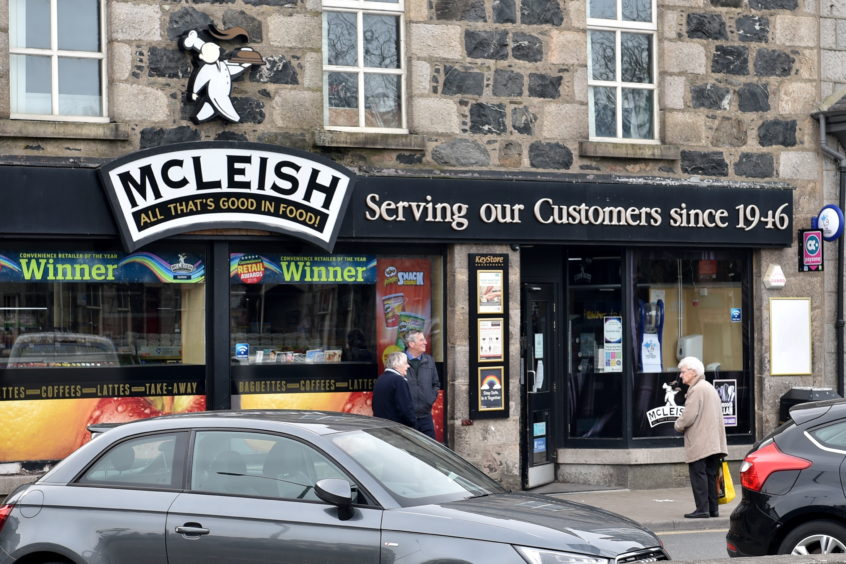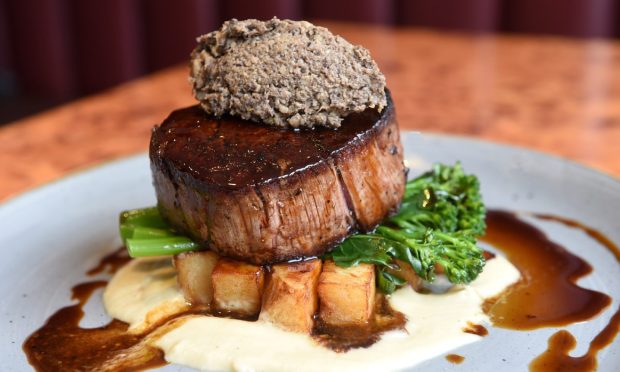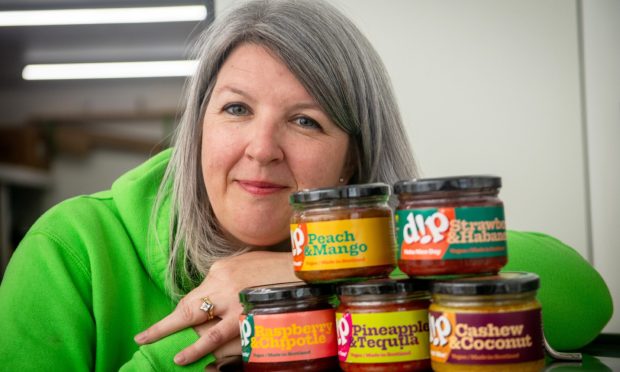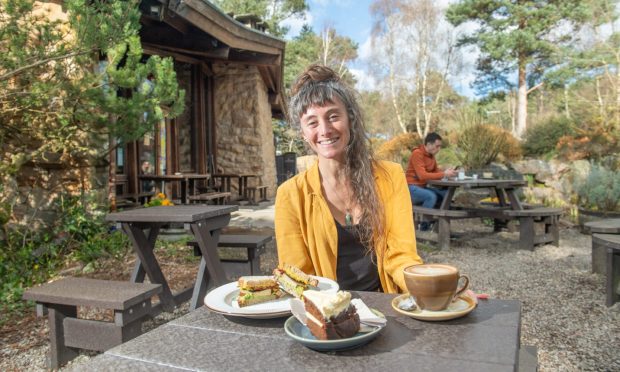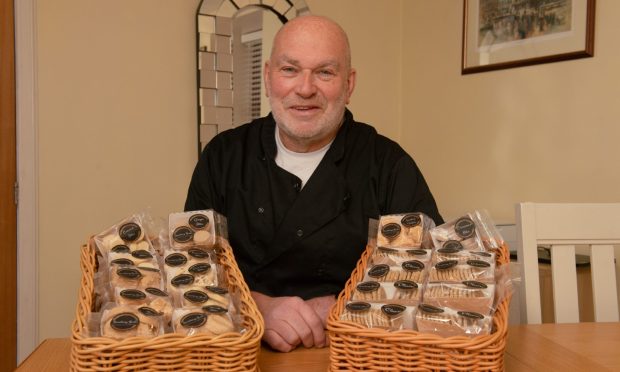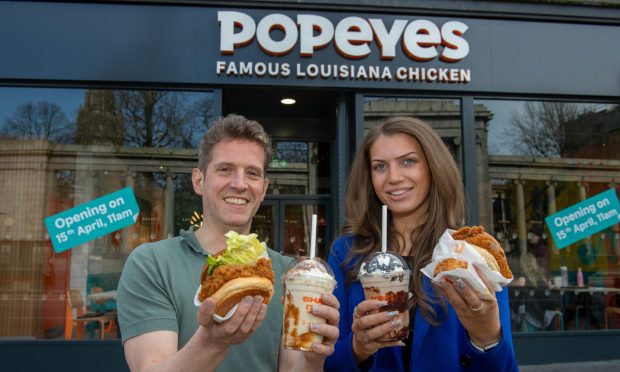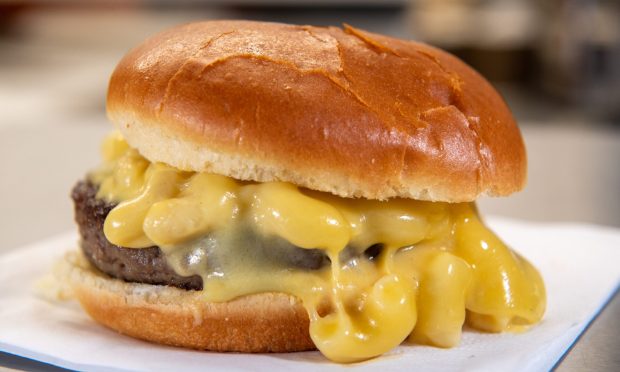Convenience stores became key community hubs during the coronavirus lockdown, and in some cases sales doubled. Brian Stormont found out what it meant for store owners – and whether the ‘shop local’ ethos of the pandemic can endure..
Keeping it local was one of the few positives to emerge from the coronavirus pandemic lockdown with new figures revealing convenience stores’ sales have doubled in growth in the past year.
As local businesses proved to be vitally important during lockdown, convenience stores played a key role in ensuring that essentials such as milk, bread and fresh produce reached vulnerable and elderly people.
Many also operated delivery services – a number of which were free – to ensure food and other goods got to their customers who were self-isolating or shielding during the Covid-19 outbreak.
And the pandemic has provided an impressive boost to convenience store sales this year helping the market grow by more than double the rate achieved in 2019.
According to the latest Mintel research, convenience sales will grow by almost 8% in 2020 – compared to the 3% achieved last year.
The significant increase in in-home food and drink experienced as a result of Covid-19 will see the convenience store market rise from £44.1 billion in 2019 to an estimated £47.5bn in 2020.
And this is despite the hit to “on-the-go trade” such as items eaten out-of-home – including those for breakfast and lunch.
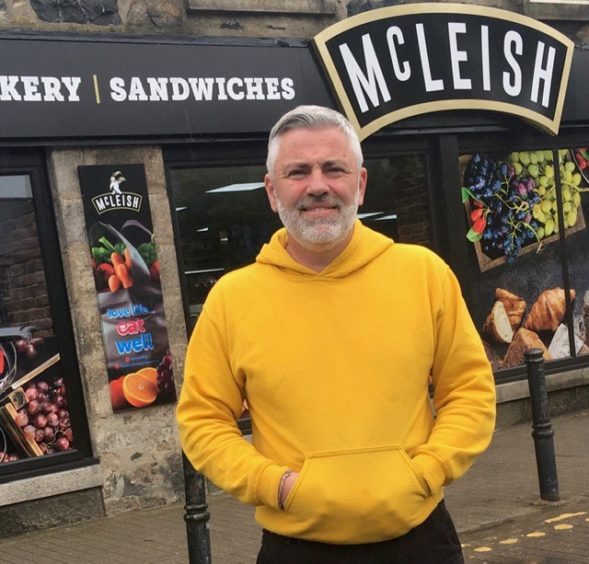
Scott Graham of McLeish, Inverurie.
Lockdown fears
Scott Graham, owner of McLeish, Inverurie, was hugely concerned when lockdown was imposed and feared the worst for the store he has owned for the last 11 years.
He said: “Our store’s very much High Street, transient, and relies heavily on schoolchildren, workmen etc coming in and the general footfall on the High Street, so when lockdown kicked in I actually thought we would end up closing, largely due to a large part of our business disappearing overnight – but it couldn’t have been further from the truth.
“What actually happened is that people quite simply began to start shopping local and supported local businesses, which they have done in the past, but I think this just took it to a whole new level.
“In terms of us it just meant that our business model changed significantly. We were very much focused on food to go – grab and go, snacking, impulse lines. They pretty much disappeared overnight and we turned back into your traditional old school grocery store.
“Our industry had probably been reducing our range in that sort of thing because, historically, that trade had all but disappeared to multiples.
“Fresh was massive, daily essentials and there was a real uplift in grocery, tinned and package, which in our industry was in huge decline prior to lockdown.”
People’s eyes opened
Having worked in retail all his life, Mr Graham has seen many changes and believes consumers were maybe unaware of what was available in local convenience stores.
“I think it opened people’s eyes to what convenience stores actually have to offer these days.
“I think shops were very much classed as a VPN, doing newspapers, cigarettes and a little confectionery. I don’t think people were really aware of the vast range that local stores actually offer,” he revealed.
But would these “new” customers keep coming back when social distancing measures and lockdown restrictions were reduced?
“That was the million dollar question as we came out of lockdown,” added Mr Graham. “Will we continue to see the people who supported us and without a shadow of a doubt a number have reverted back to their old ways.
“We were busier during lockdown than we are now, However, we are now busier than we were pre-lockdown.
“I think, let’s just say we were seeing an extra 100 customers a day, now we are seeing an extra 30 customers a day, so we have probably retained a third so that is a third of new custom based on what we had pre-lockdown.
“We have started seeing increases in impulse / food to go areas. They have started to climb again with the schoolchildren coming back and some of the workmen starting to filter back, but it is still not back to where it was with a lot of people still working from home.
“The High Street is still quieter than it ever was before, but we have changed, not back to what it was before, but we are now a halfway house with not as strong a focus on grocery as there was during lockdown, but still the need to be very aware of it, and an increase in the impulse lines.
Delivery service
With many people unable to get out, McLeish reacted quickly to ensure that they served their customers the best they could.
“We turned on a delivery service which was free delivery across the local area and we were up to 20 deliveries a day. From a zero start that was quite significant,” said Mr Graham.
“It was predominantly the people who were isolating or shielding. However, that just dwindled away as people started to venture out and that number just became less and less, so we don’t do it now.
“What lockdown did was highlight our store more as a community store than it has ever been because we were one of the few businesses that was open. Basically in Inverurie there was the bank, us and Boots the Chemist. Everywhere else was closed.
“I believe people really appreciated the work that our staff put in, being here every day and the work we put in to ensure the availability was the best it could be.
“We probably sold three tonnes of flour in six weeks. I was lucky if I sold three bags of flour in 10 years!
“You could say the same for pasta and various other things and obviously there was a big increase in alcohol sales with the pubs being closed.”
Growth
This rate of growth in the convenience store market it outperforming the wider grocery sector, which is expected to increase by around 6% in 2020.
While Brits flocked to local stores during lockdown, such a peak in demand will not continue into 2021, particularly if social distancing measures continue to be relaxed and consumer budgets are squeezed further.
Mintel estimates a decline of -3.9% in the market in 2021, as it rebalances before reaching more consistent lower growth through to 2024 (of 2-3%) when the market is forecast to reach £49 bn.
Overall, 94% of convenience store users (or almost 80% of all internet users aged 16+) use a convenience store at least once a month.
Importance of stores
Regarding convenience store sales, Nick Carroll, associate director of Retail Research, said: “The shift to localised shopping during the peak of Covid-19 has benefited the convenience sector, driving larger-basket demand and sales as consumers necessarily shopped more in their local communities.
Longer term, the importance of convenience stores within these communities and consumers’ desire to support them will only be reinforced – providing a solid platform for convenience retailers to build upon.
“Not all aspects of the sector, however, are benefiting. On-the-go food and drink, for example, is a significant part of convenience trade and has naturally been constricted by lower levels of public movement and more working at home since the lockdown. In particular this has impacted convenience stores in travel hubs.
“However, this decline in sales has been offset by more spending on in-home food and drink as shoppers look to shop closer to home.”
Community counts for convenience stores
Regarded as pillars of their communities, some 80% of convenience store shoppers agree that outlets provide essential services to neighbourhoods.
However, tapping into the community spirit requires a two-way relationship, with more than half (54%) of shoppers agreeing that it is important that convenience stores give back to the local community.
This comes as Mintel reports a growing awareness of people wanting to support neighbourhood businesses, as today, a quarter (25%) of consumers say they are now shopping more with local businesses due to Covid-19.
Mr Carroll added: “It is encouraging for the sector that providing essential services to the community is widely held by today’s shoppers – this is what convenience stores are all about.
“A major long-term positive of the crisis will be how the ‘essential’ status of convenience stores in communities will be reinforced. Localism and a more internal looking consumer base was a trend far before Covid-19, but naturally confined to local areas, consumers have become more aware and engaged with their communities.
“Combined with this is a growing realisation of the need to support small business owners, which much of the symbol operators, such as Nisa or Spar fall into.”
